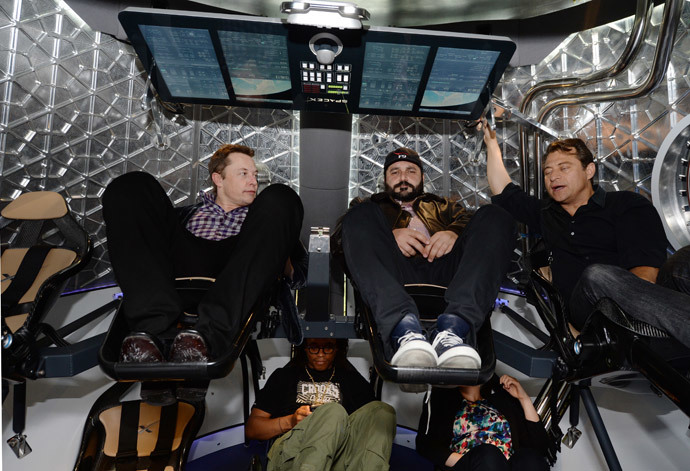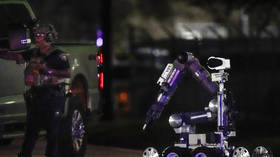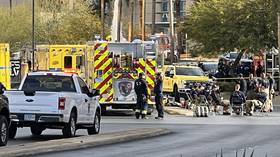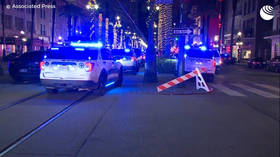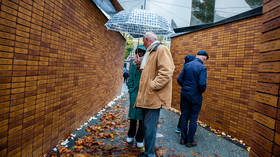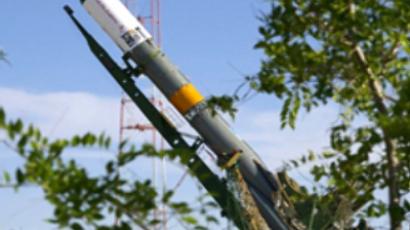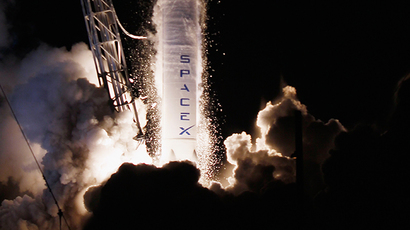SpaceX founder unveils his 'future of space travel' capsule
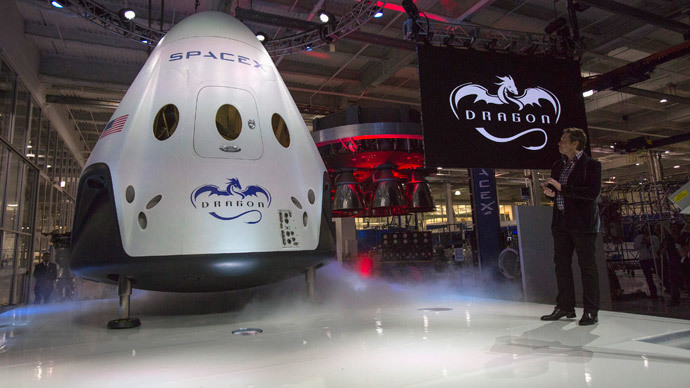
Space Exploration Technologies Corporation (SpaceX) presented its new space capsule, expected to carry up to seven astronauts into space and bring them back to Earth, with the capacity to land anywhere 'with the accuracy of a helicopter.'
The Dragon V2 (version two) was unveiled in Hawthorne, California on May 29 by SpaceX CEO Elon Musk. The sleek capsule is the company's first spacecraft designed for human travel to the International Space Station (ISS) and back. "It really takes things to the next level," Elon Musk said.
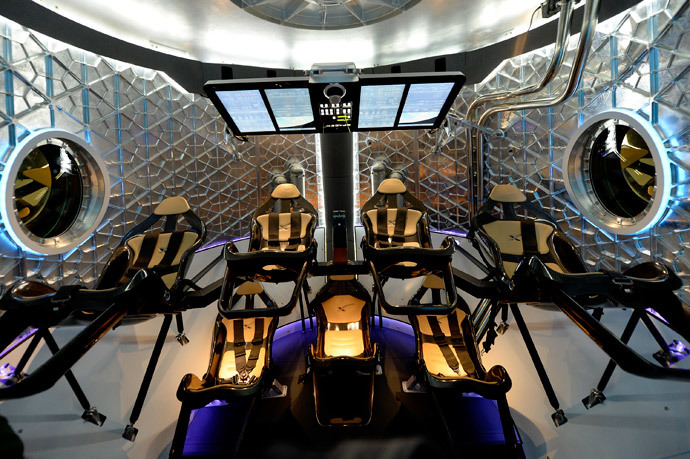
Since the end of the US space shuttle program in 2011, Russian
Soyuz spacecraft have been the only way astronauts can get to and
from the ISS - at a cost of $70 million per person. The Dragon V2
is the first attempt by a private company to break Russia's
monopoly on human space transportation.
Cutting expenses on space journeys is another idea behind the
project. Musk highlighted the reusability of the new craft:
"You can just reload propellant and then fly again. This is
extremely important for revolutionizing access to space," he
said, adding that "as long as we continue to throw away
rockets and spacecraft, we will never have true access to space.
It will always be incredibly expensive."
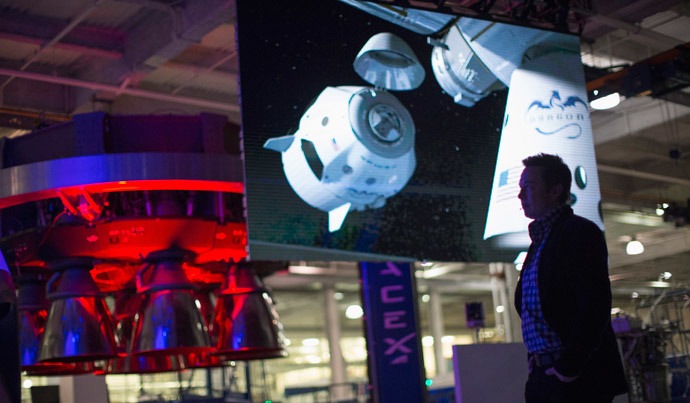
Another key feature of the Dragon V2 is its ability to be less
dependent on other devices. Its crew can use rocket propulsion
and deploy legs to land anywhere on earth, instead of using
parachutes, although this option will be available as well, in
case of any engine problems.
The new spacecraft will also be able to dock with the ISS
autonomously - now the station catches and pulls capsules towards
itself. "That is a significant upgrade as well," Musk
said.
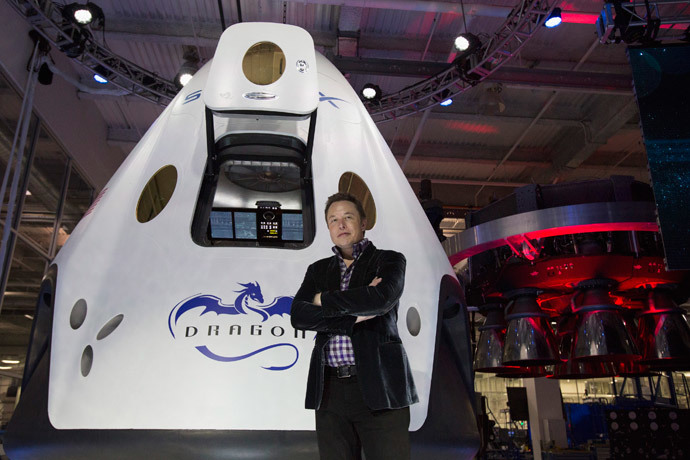
SpaceX’s older device, the Dragon cargo capsule, was also present at the public launch of its new companion. In 2012, it became the first private spacecraft to carry supplies to the ISS and back. However, all its trips so far have been unmanned.
Now with its brand-new, shiny Dragon V2, SpaceX and its CEO Elon Musk (often referred to as a 'real life Iron Man') compete with such American companies as Boeing, Sierra Nevada and Blue Origin. They hope to have the first commercial space flight in commission as early as 2017.
